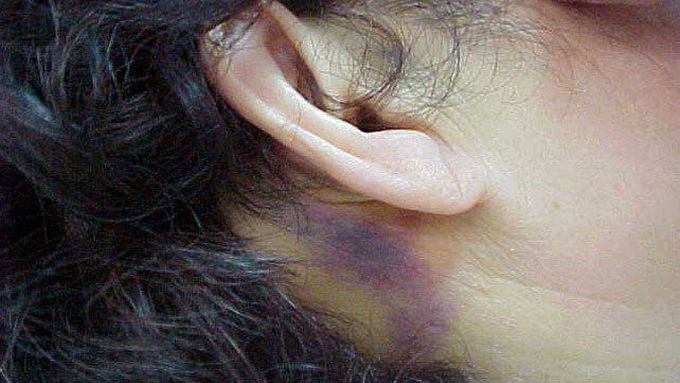


BATTLE'S SIGN(mastoid ecchymosis)
Battle sign is an eponymous term given to mastoid ecchymosis (bruising of the scalp overlying the mastoid process) and is strongly suggestive of a base of skull fracture, most commonly a petrous temporal bone fracture. This type of break is known as a basilar skull fracture. Basilar skull fractures can lead to permanent brain injury, meningitis, or other complications When one of the basilar bones is broken, blood may pool behind the ear, creating the Battle's sign bruise. While Battle's sign may look like an ordinary bruise, it is not a result of direct injury behind the ear. Instead, it is a sign that one or more of the skull's bones have been broken. The size of Battle's sign can vary but may also extend down the back of the neck. Battle's sign may be confused with a spreading hematoma from a fracture of the mandibular condyle which is a less serious injury.
Great info. We are always taught to look for battle signs in our casualties for this specific reason.


